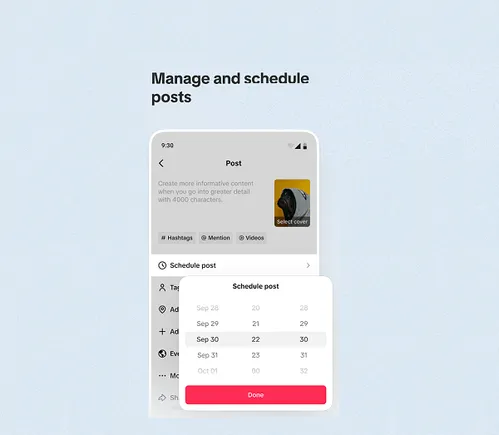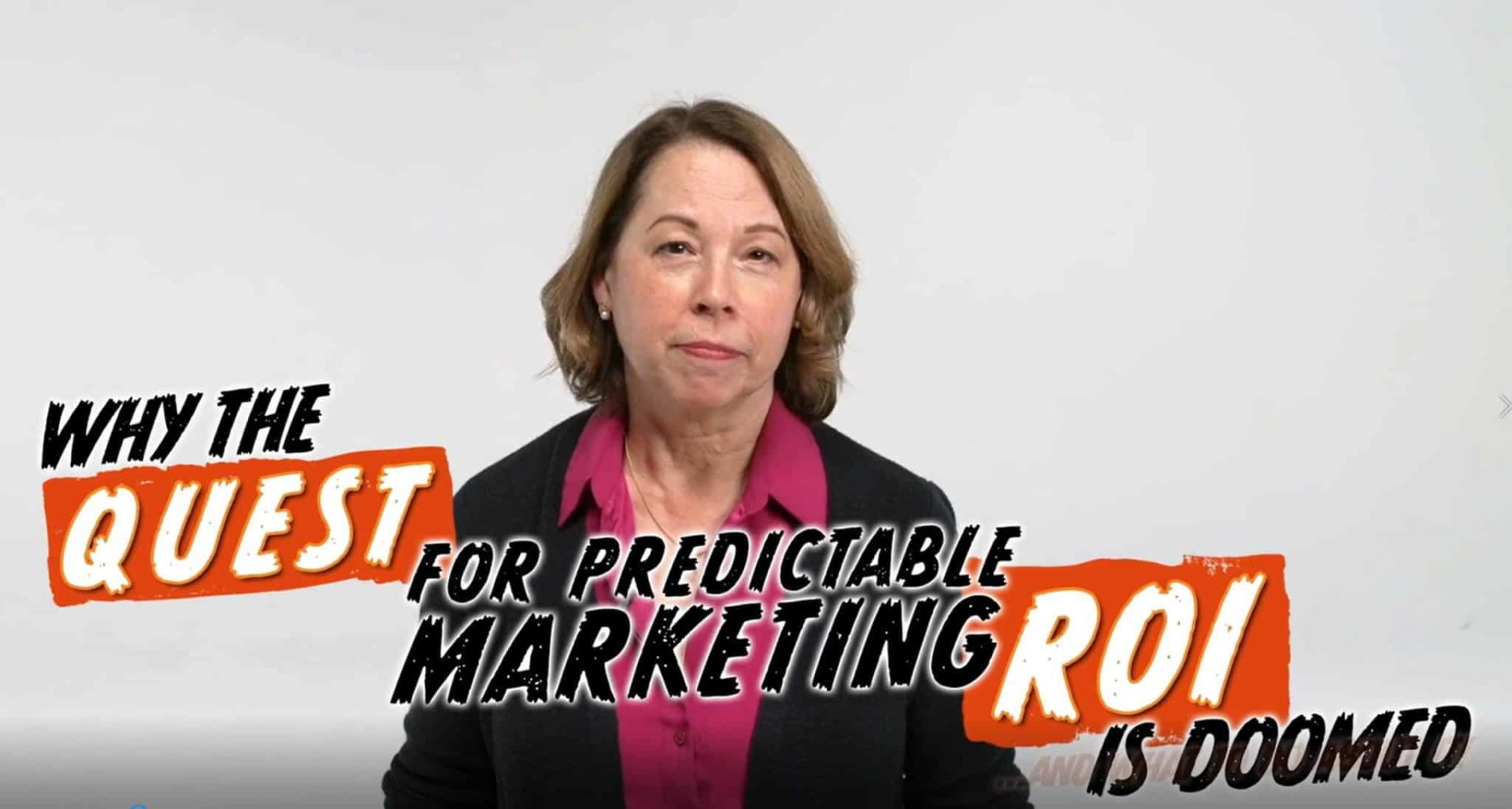Marketers must stop looking for a magic “predictable ROI” formula and embrace marketing’s complex realities, says Kathleen Schaub, an expert on modernizing marketing organizations.
“Marketing gets its unpredictability from the tangled connectivity and interactions of people, customers, brands, competitors, influencers, governments,” Schaub said in the keynote address for The MarTech Conference’s second day. “And those billions of interactions between these agents cause feedback loops, resulting in what the US Army War College called VUCA [which] stands for volatile, uncertain, complex and ambiguous.”
Dig deeper: How to keep up with accelerating customer expectations: The MarTech Conference keynote
Schaub, a former tech CMO, led IDC’s CMO Advisory practice for nine years. In that time she advised hundreds of technology marketing leaders on management best practices. She says embracing this unpredictability requires changes to three ways of thinking.
The first change is from an accounting perspective to an investing one. Marketing is currently viewed as a cost center where funds are spent on something specific. In an investor’s mindset the funds are risked in pursuit of something.
Investors not accountants
“The cost center mentality assumes that marketing budgets work like capital spending on tangible assets like machines or buildings, and they can be evaluated in a similar way,” she says. “Investment portfolios [are] managed quite differently. A wise investor understands that pay offs are never guaranteed and that investing for the most part is a long game.”
This doesn’t mean ignoring marketing’s role as a short term sales booster. It means keeping in mind marketing’s essential long term role and goals.
“In a complex system early interventions produce disproportionately large future impacts,” says Schaub. “So it’s important to invest over multiple timelines, to invest early and to invest consistently, to diversify and to experiment, because you’re going to need different tactics as those conditions change to thrive under VUCA conditions.”
She points out that marketing scorecards, which compare KPIs against plan, are built on a questionable assumption.
They “assume that the marketing environment is stable. But what if we admit that because of the constantly changing nature of marketing, the plans are out of date the moment they are released?”
Navigation, not control
The second change is to understand that pre-set plans don’t work in complex systems. A marketing manager must think like a navigator and maneuver when confronted with change.
“A navigation mindset assumes a constantly changing context, which means that static financial goals made months in advance aren’t realistic,” she says.
This requires knowing where you want to get to and using that as a guide.
“You must have an enduring mission,” Schaub says. “The purpose of your organization endures, but the how and the when must be flexible. A better approach than static scorecards are dashboards that track data over time and frequently adjust expectations to the current situation. KPI’s then become navigation tools, providing directional indicators about whether you’re getting closer or farther away from your mission.”
Let go of cause and effect
Finally, think like a statistician who views things in terms of probabilities, not cause and effect. This change requires more effort than the first two because it’s at odds with how people naturally think.
“Marketing outcomes do have reasons, but they’re not the clear reasons that our brains crave,” she says. “So we must train ourselves to accept the uncertainty of the real world. And this preparation is greatly aided by a better understanding of probability.”
Doing this means understanding that no outcome is certain and there are no recipes. This is replaced with the knowledge that markets do have patterns and these are semi-predictable, just as the traffic and weather are semi-predictable.
“When we shift to thinking like a statistician, we also come to appreciate how outcomes depend on a confluence of interdependent factors,” Schaub says. “Then, with the right analytic approaches, we can tease out, for example, the 20% of known programs that best correlate with business outcomes.”
Looking at marketing from these perspectives can lead to enormous breakthroughs.
“Your adjusted perspective will shine a light on new practices that will break through the stalemate of persistent marketing challenges, including the ability to financially evaluate marketing,” she says.
Get MarTech! Daily. Free. In your inbox.








































































